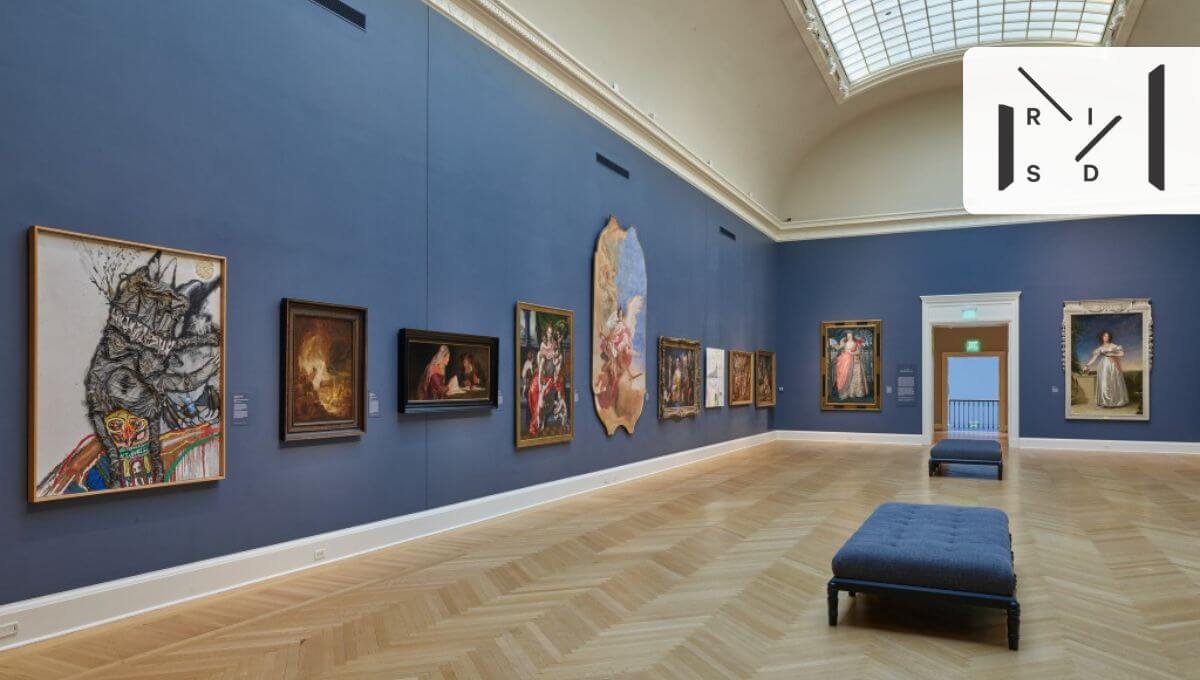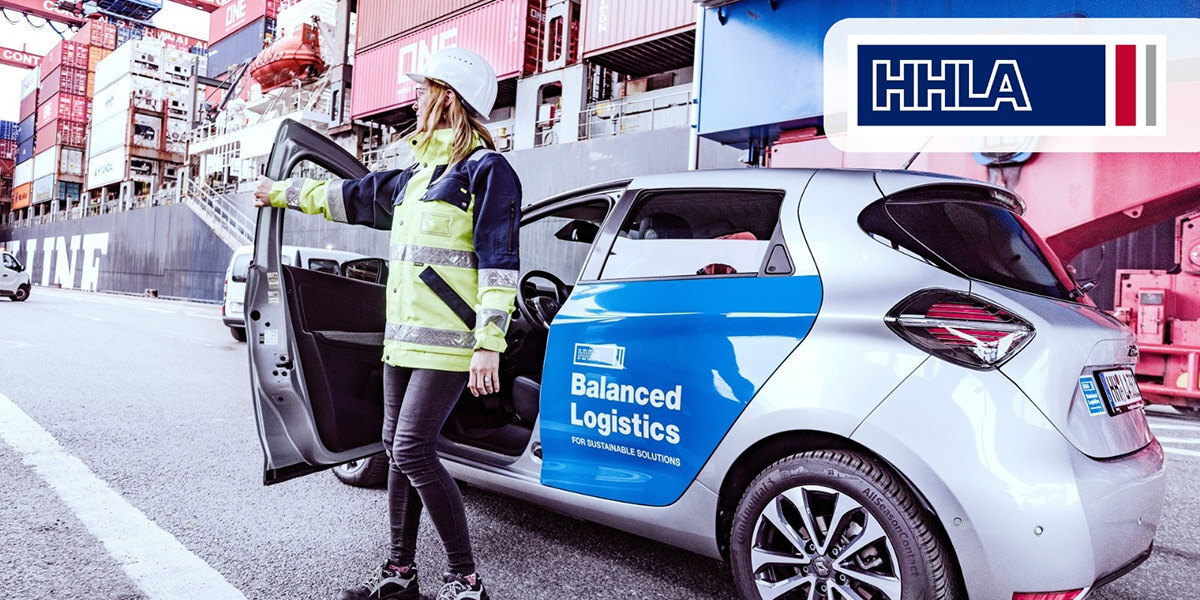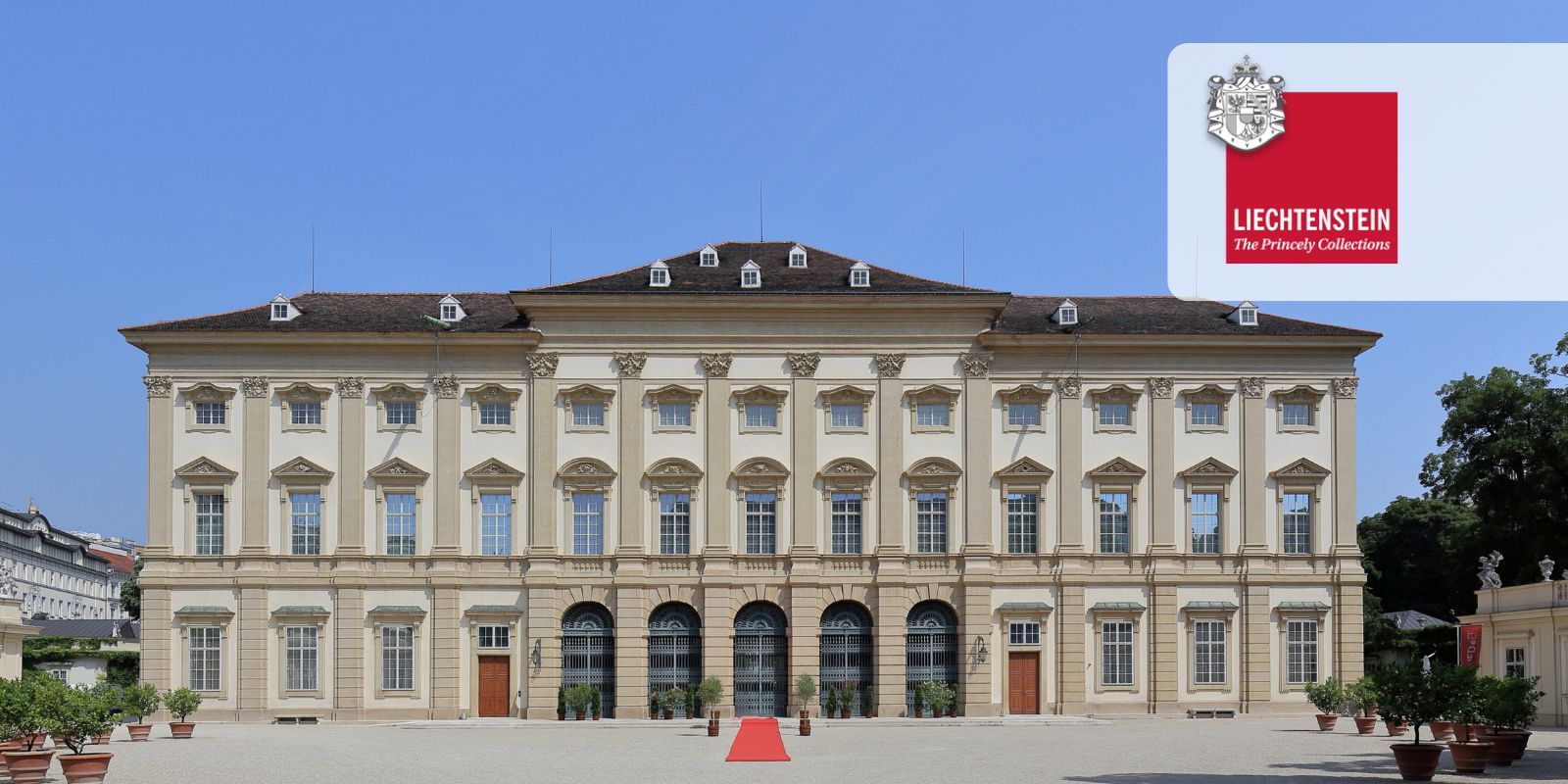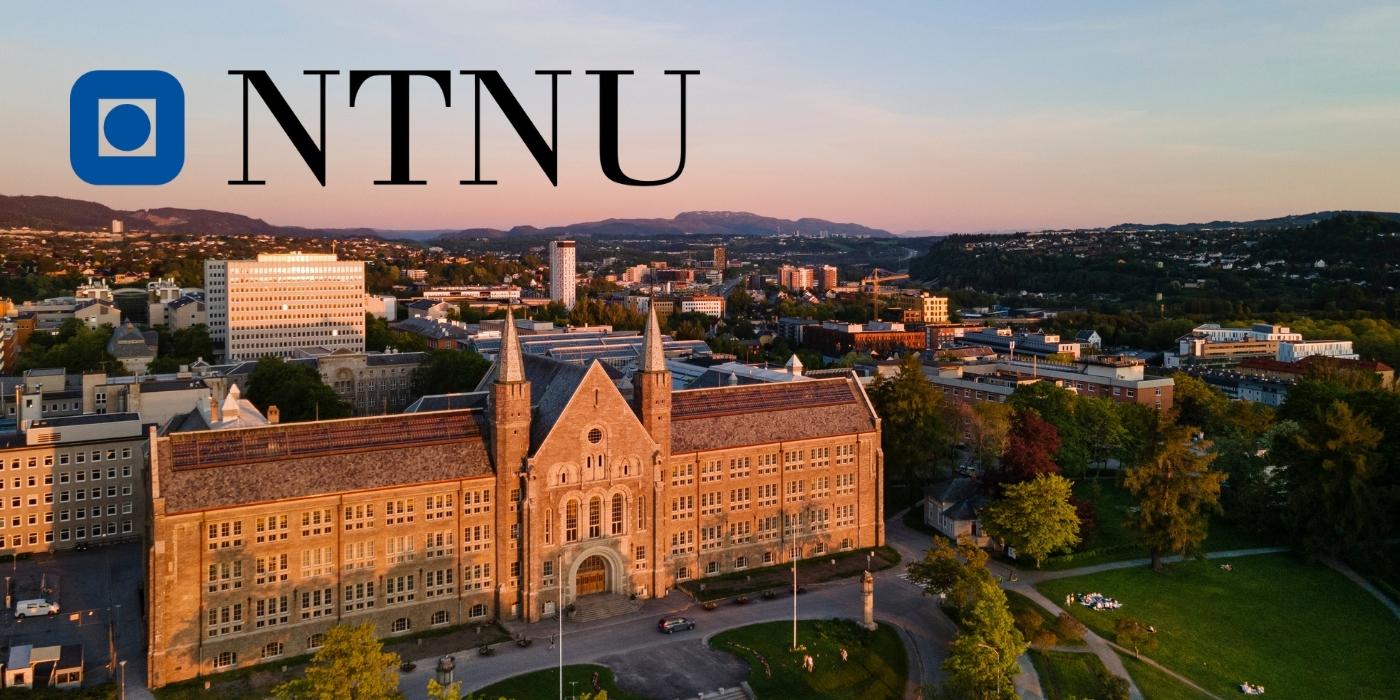
Feature image: Ⓒ Thor Nielsen / NTNU
How Fotoware helps NTNU digitalize their art collection
Over the years, The Norwegian University of Science and Technology (NTNU) has built an impressive art collection. Ranging from sculptures, paintings, and graphic prints to textile art and installations, the university's campuses and offices all tell a variety of stories through their art.
With the help of the Fotoware Digital Asset Management (DAM) solution, NTNU is now working on digitalizing the entire collection, making every piece of art - and its history - available for the public online.
We caught up with the Director at KUVE AS, Agnar Gundersen, who’s been engaged as a key art consultant at NTNU, to learn more about how and why the project is being carried out.
About NTNU and the university’s art
The history of NTNU goes back to the establishment of “Det Trondhiemske Selskab” in 1760, known a few years later as “Det Kongelige Norske Videnskabers Selskab.”
In 1996, as a result of merging six research and higher education institutions in Trondheim, it became the Norwegian University of Science and Technology (NTNU). It is the largest university in Norway, with approximately 42,000 students, 9,000 employees, and 400 doctoral degrees. It’s safe to say that the university has an impressive track record of scientific publications and serves as an important institution for both Norwegian and international students and scientists.
LEARN MORE: Solving content demands & educating with Digital Asset Management
The art collection at NTNU currently includes approximately 700 pieces of art, some located on public campuses and some in offices or auditoriums. It’s a mix of gifts, publicly owned art, and pieces bought by the university itself - each piece with its own story that contributes to the overall culture and environment.
— "Art is an important contributor to our culture. Not only at NTNU, but anywhere the art is exhibited. It engages and inspires us as viewers. I believe it brings all of us further as human beings." -
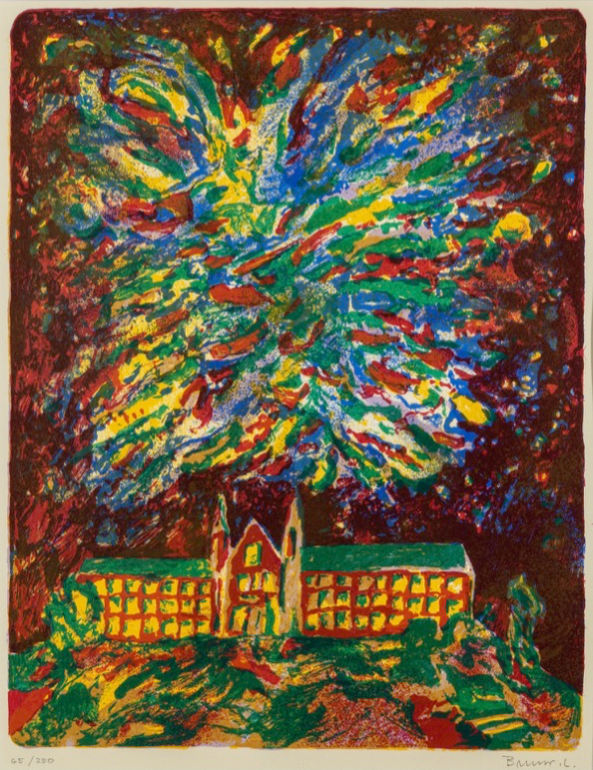
One of the artworks at NTNU. "Høsten" by Bruno Lundstöm.
Digitalizing the art collection
The project of digitalizing the art collection serves several purposes. First and foremost, it allows thorough documentation and ensures a clear and informative track record of all the pieces that are owned by the university.
Secondly, and very importantly, the digital collection makes it possible for people to view and study art that used to be inaccessible to the public.
— "Many of these pieces are hanging in professors’ or other employees’ offices, and have never been exhibited to students or to the public. So, by using this technology, anybody will have access to and can view these pieces of art." -
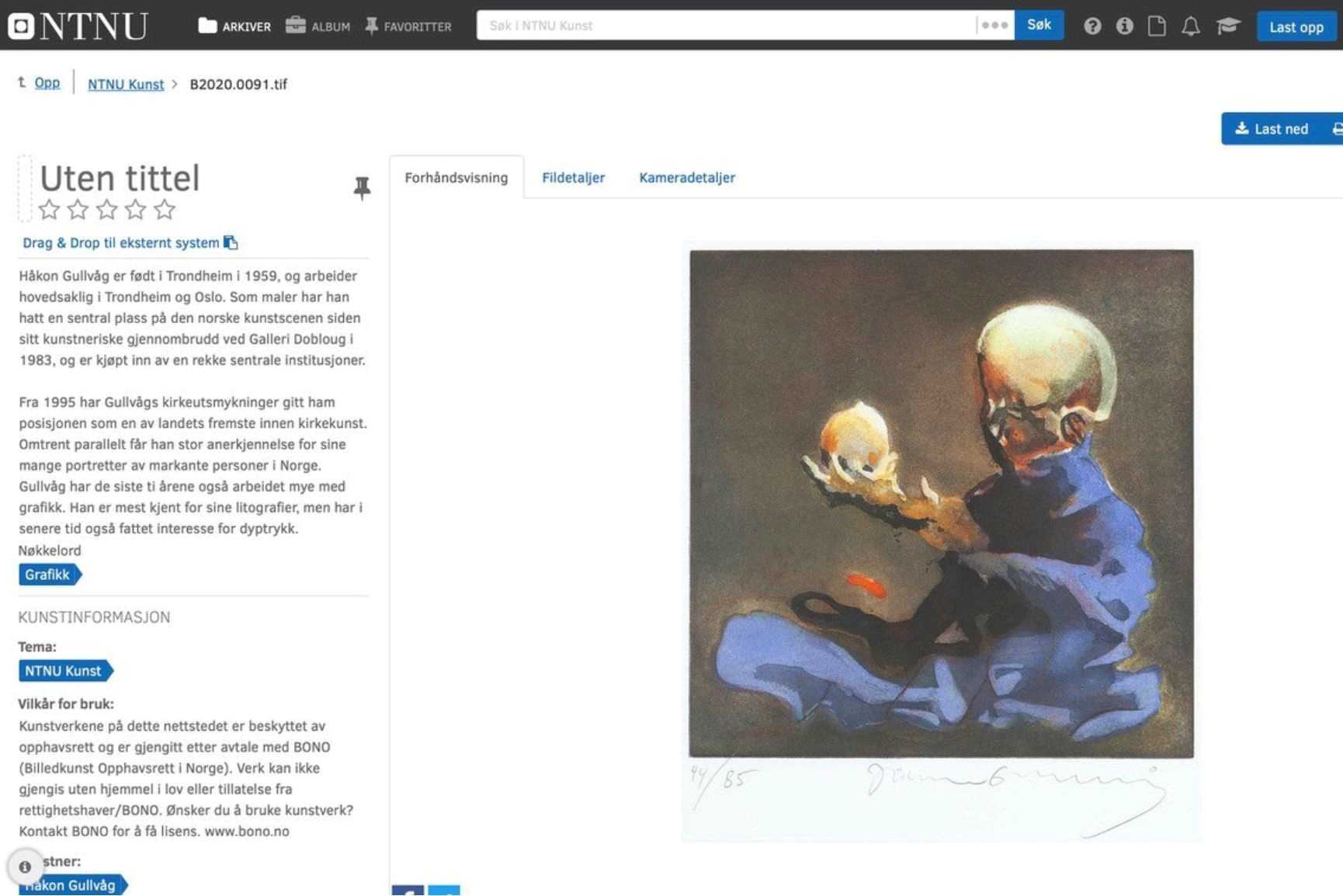
LEARN MORE: How Queensland Museum digitalizes workflows to preserve the state's heritage
— "If you look at the pixels put into the servers, you will see that the resolution is very high. You can look at the very details of the picture and you can spot if things are damaged. So, you can really follow the condition of the art, and that's actually an important part of this project." -
The benefits of QR codes
A central part of this project is making the art available to the public. NTNU and KUVE have decided to mark every piece of art with a unique QR code. In essence, making one unique code for every image and enabling viewers to find all the relevant information instantly just by scanning the code with their mobile devices.
— "It's quite simple. The QR code is an access road to a URL. And as every picture has its individual URL, easily accessible in Fotoware, we can quickly produce QR codes for each piece of art […] During the pandemic, everybody has become familiar with QR codes, so I believe it's a simple and user-friendly interface for accessing any information or data." -
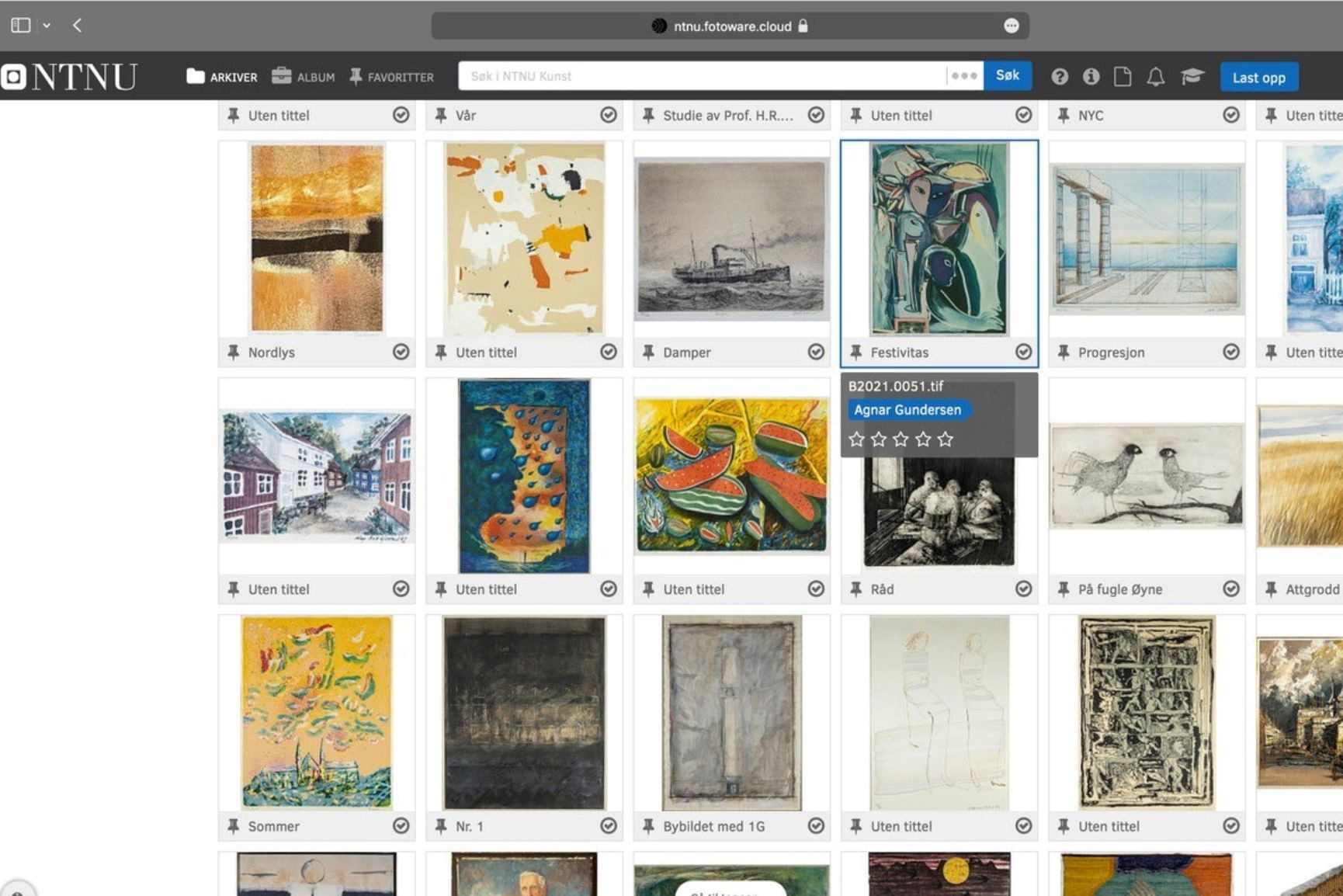
Everything you need in one solution
One of the main reasons Fotoware was chosen for this project was its metadata capabilities combined with the fact that NTNU already uses the solution for several other purposes. Building on the capacities of their current solution was deemed a much better option than trying to find a supporting third-party software or building one themselves.
The configurability of Fotoware is amongst its top advantages and makes it easy for organizations to scale and further build on their content ecosystems. If you would like to learn more about what the Fotoware DAM solution can offer your team, feel free to book a meeting with one of our experts to see it with your own eyes.
Want to learn more?
Talk to one of our experts to discover how we can streamline your organization's content workflows.
